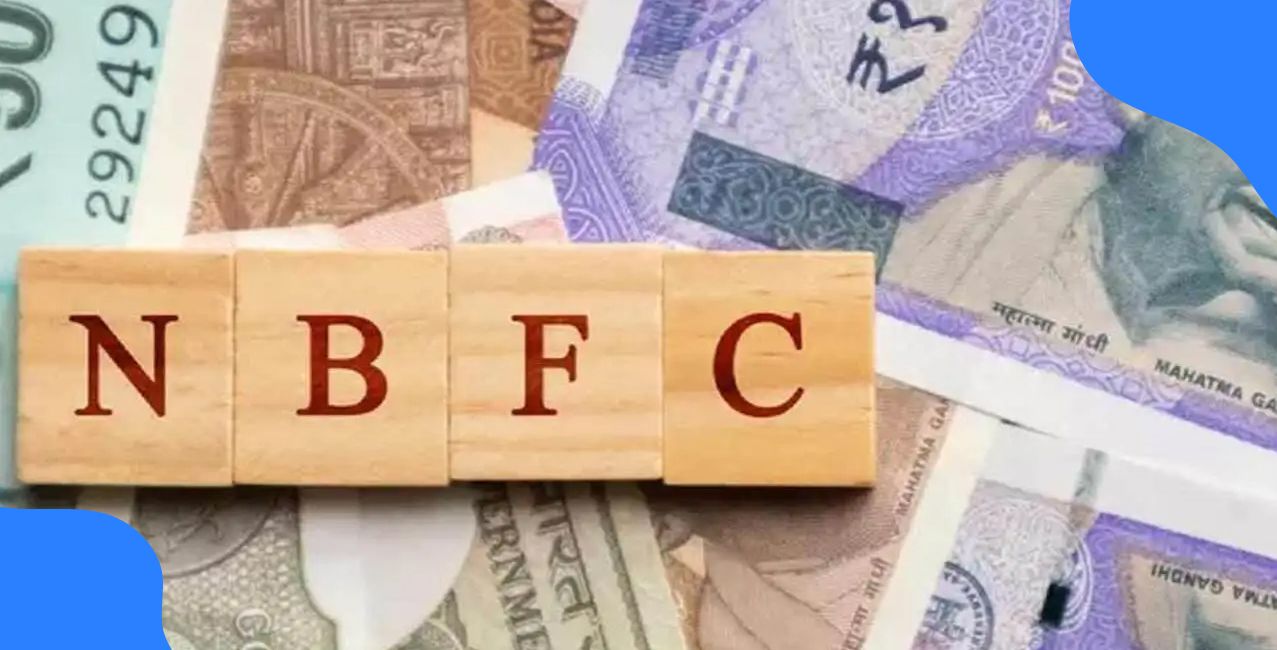
Author
LoansJagat Team
Read Time
4 Min
19 Sep 2025
Not Raising Money by Issuing BBB-Rated Bonds; NaBFID Choosing Bank Loans Over the Bond Market This Year?
With falling bond demand and rising costs, NaBFID is turning to banks that offer better rates and quicker funds
When did infrastructure finance last become a topic of kitchen table talk? In 2025, the National Bank for Financing Infrastructure and Development (NaBFID) has moved away from bond issuances and tilted towards bank loans.
Cheaper bank funding, borrower prepayments of more than ₹10,000 crore, and a market that demands higher yields for bonds have made the decision sharper. The development is not just a number play but also a window into how India funds its long-term projects.
NaBFID Preference For Bank Loans 2025
In September 2025, an Economic Times report confirmed that banks are offering loans to top-rated borrowers at rates below 7 percent.
NaBFID’s official lending rate sheet, published on its portal in September 2025, shows a rate of 7.75 percent for one-year loans and 8.05 percent for five-year loans. The gap between what banks charge and what bonds demand makes loans the easier choice.
Before looking at the wider implications, the comparison of numbers itself explains the preference.
This table shows that the cost of bank loans in 2025 is below both NaBFID’s lending rates and potential bond yields. When funds are required at scale, even half a percent makes a difference. That is the clear reason behind NaBFID preference for bank loans 2025.
NaBFID Borrowing Strategy Vs Bond Market
NaBFID has always been seen as a torchbearer for India’s bond market. The lender issued long-dated papers in 2023 and 2024, drawing strong interest. But the 2025 borrowing story has turned. A Reuters report in June 2025 noted that NaBFID had raised about ₹80 billion through bonds in the early months of FY2025. It planned another ₹350-400 billion in the same year. That plan has since been adjusted as loan money came cheaper and faster.
Bond markets also bring another concern. Long-term papers fix costs for decades. Bank loans may be shorter but allow refinancing at lower rates when the cycle turns. The shift is not an abandonment of bonds but a pause.
This shows the movement in strategy. NaBFID borrowing strategy vs bond market is now tilted towards banks, though bonds will remain part of the mix when yields soften.
Reasons NaBFID Avoiding Bond Issuance
The reasons are threefold. First, borrower prepayments reduced immediate funding needs. Reports in September 2025 stated that over ₹10,000 crore had been prepaid, reducing the urgency for bond issuance.
Second, Fitch Ratings assigned NaBFID a BBB- rating in mid-2025. This keeps the lender in investment grade but at a level that demands higher yields from investors. Third, the domestic market does not have deep demand for ultra-long bonds of 15-20 years.
Banks stepped in at the right moment. With strong deposit growth, they were willing to lend below 7 percent, which bond investors were not ready to match.
These factors explain the reasons NaBFID avoiding bond issuance in 2025. Bonds are not out of the story but remain less attractive at present.
NaBFID Funding Through Bank Loans in 2025
Funding through banks has also helped NaBFID keep pace with project sanctions. The Press Information Bureau note in February 2024 said that NaBFID had sanctioned ₹86,804 crore across infrastructure sectors. The target is to reach ₹3 lakh crore by March 2026. To achieve this, speed matters as much as cost. Bank loans are quicker to arrange than bonds, which need market placement and investor appetite.
These numbers show the scale. Loans are the bridge keeping the pace steady. NaBFID funding through bank loans in 2025 shows how practical choices help meet larger goals.
Impact Of Bank Loans On NaBFID Financing
The shift has two sides. On the positive side, NaBFID secures cheaper and quicker funds. On the negative side, the bond market loses an anchor borrower. The NaBFID Act, 2021 asked the institution to deepen bond and derivatives markets. Avoiding bonds now slows that mission.
This newspaper reported in July 2023 how Power Finance Corporation also reduced bond use when yields rose. That report is here. The NaBFID case in 2025 shows a larger scale but the same market reality.
The impact of bank loans on NaBFID financing is thus mixed. The short-term benefit is clear but the long-term aim of building bond depth remains a pending task.
How Past Reactions Look Different
Government policy has long tried to boost bonds with credit enhancement schemes and tax breaks. Banks, however, remain the fallback during hard times. In 2022, government-owned lenders also took large bank loans when bond yields rose. The 2025 decision shows the same cycle again. Banks respond with liquidity. Government talks of bond market growth.
As explained in a LoansJagat article “Why Bond Yields Are Rising Despite RBI’s Rate Cuts”, heavy market borrowing and rising yields have made bonds more expensive even when policy rates fall, pushing borrowers toward loans. NaBFID stands at the middle of this cycle.
Conclusion
NaBFID’s decision to lean on bank loans in 2025 is about numbers as well as timing. With banks lending cheaper than 7 percent and borrowers returning more than ₹10,000 crore in prepayments, bonds can wait.
Yet the Act that set up NaBFID in 2021 gave it the task of building India’s bond market. That aim is now delayed. The pause may last until yields fall and investor appetite returns. Till then, the gate of funding stays open through banks.
About the Author

LoansJagat Team
‘Simplify Finance for Everyone.’ This is the common goal of our team, as we try to explain any topic with relatable examples. From personal to business finance, managing EMIs to becoming debt-free, we do extensive research on each and every parameter, so you don’t have to. Scroll up and have a look at what 15+ years of experience in the BFSI sector looks like.

Quick Apply Loan
Subscribe Now
Related Blog Post

LoansJagat Team • 11 Dec 2025

LoansJagat Team • 11 Dec 2025

LoansJagat Team • 12 Dec 2025